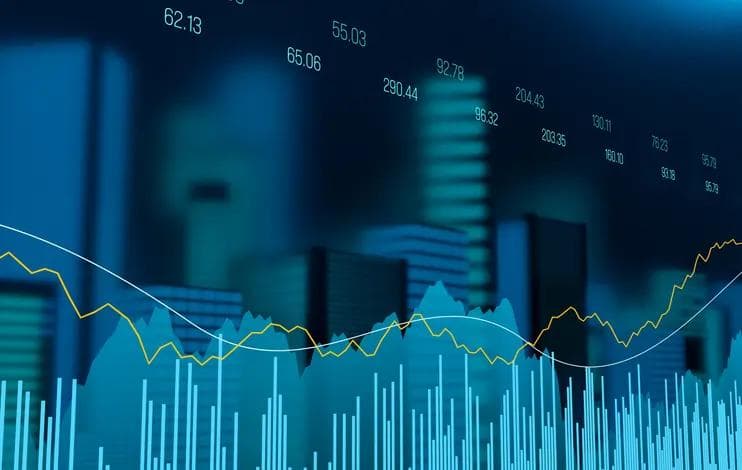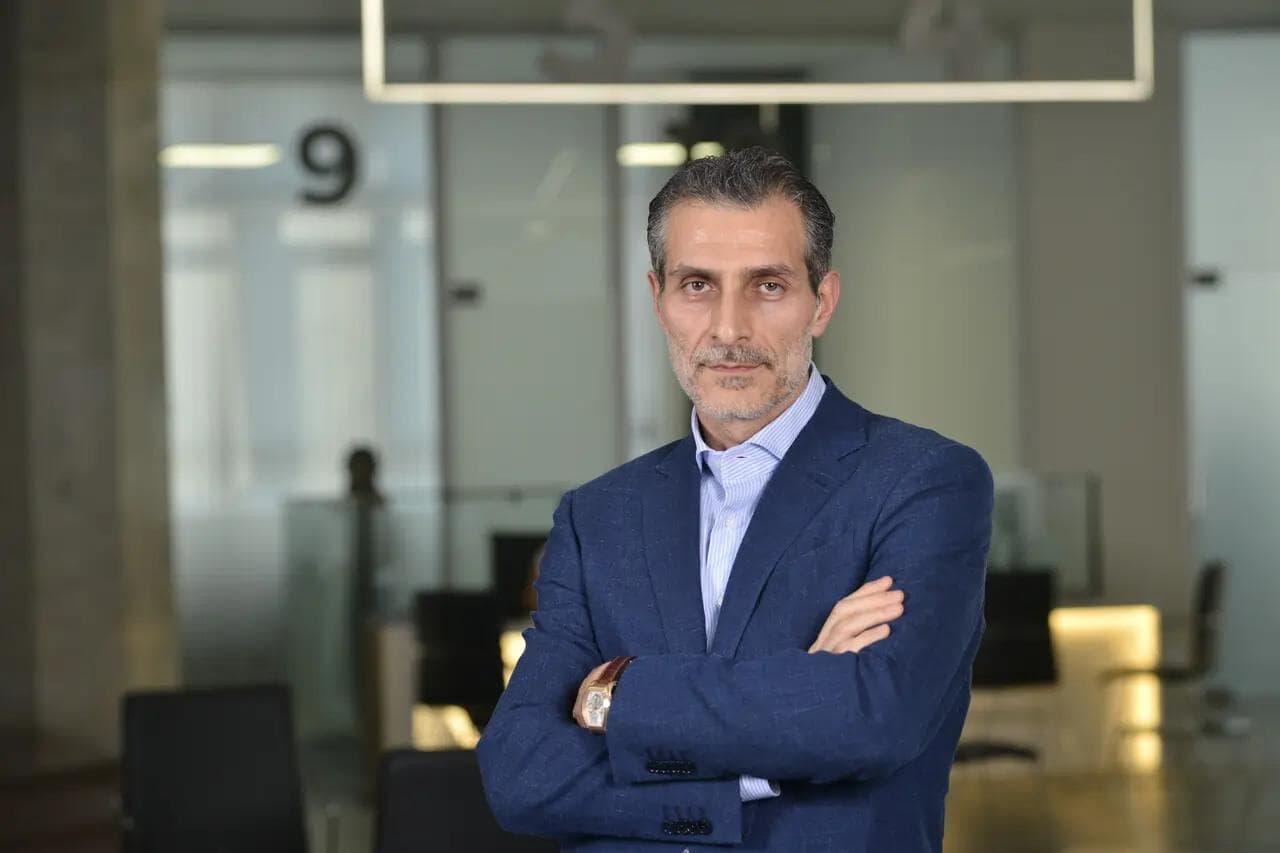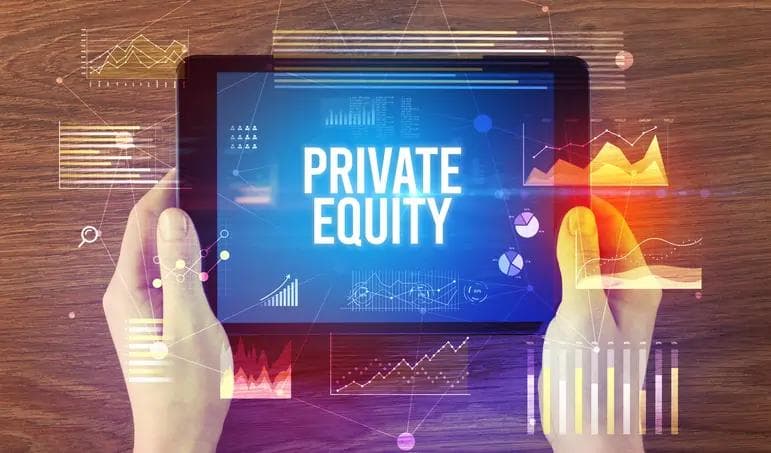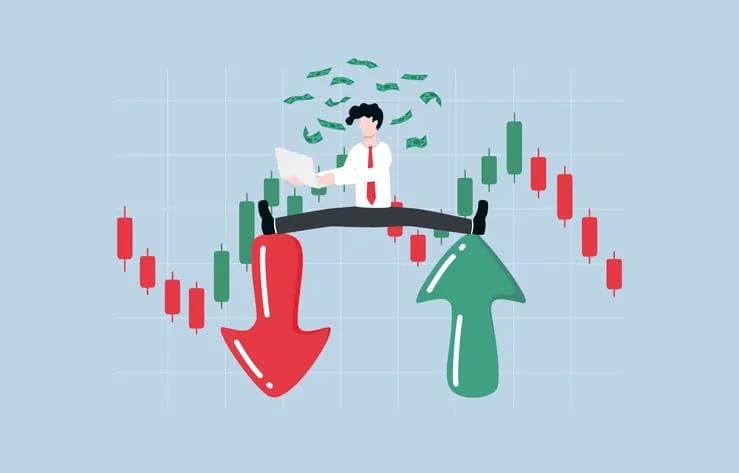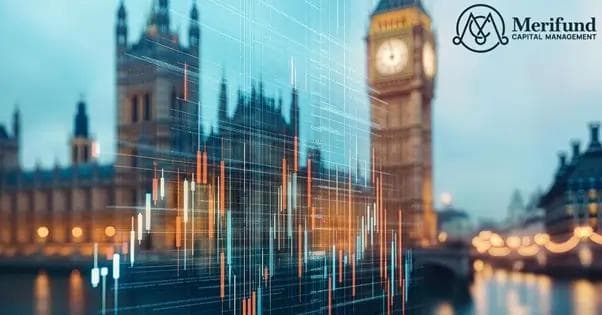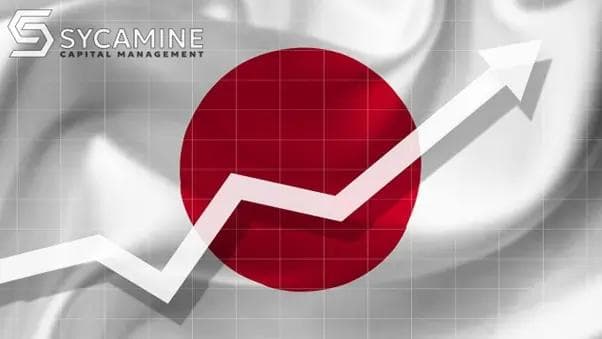Investment Strategies Landscape – Role of Traditional Investments, Cryptocurrencies, and ESG
Investment Strategies Landscape – Role of Traditional Investments, Cryptocurrencies, and ESG
Published by Jessica Weisman-Pitts
Posted on March 22, 2022

Published by Jessica Weisman-Pitts
Posted on March 22, 2022

Investment Landscape – Rise of New Alternatives
Maryna Chernenko, Managing Director of UFG Capital, on ESG investments, cryptocurrencies, and the future of finance. How to maintain the balance between profit and risk? What is influencing the market now and what is the forecast for the future investment landscape?
If we talk about the situation in general, what is the current state of the investment market?
Now we can observe an unstable geopolitical situation in the world, which cannot but affect the global investment market. Stock market volatility continues to intensify. Oil markets hitting a new high, crude oil prices rose by 35% to touch a high of $139.13 since the beginning of March, grain prices recently hit 10-years high, and aluminium prices are rising. The volatility affects mainly the commodity markets.
The geopolitical uncertainty is expected to affect the euro area economy, substantially increase the risk, and negatively impact the growth. The higher energy cost and supply chain upsets are set to lower consumption and investment. Further, the rise of the euro area’s annual inflation to 5.9% in February 2022 from 5.1% in January is also a major concern for the European economy. Moreover, there is an increase in defence spending by the countries, which is quite difficult with limited public resources and high public debt.
How can you comment on the difficult situation with inflation and how investors can minimise losses?
Rising inflation is always a negative factor for investors who own shares, as it devalues their returns in a slight, but measurable way. With the Euro’s inflation rate being about 6% and the US dollar at about 8% after the global pandemic, many investors will see lower returns. It can also lead to higher interest rates, which would make it more expensive for businesses to borrow capital. This process cannot but affect future investments, which may limit the growth of the company. This is mainly due to companies borrowing less capital to invest in their operations, thus reducing their growth.
Speaking about how to avoid major investment losses, I would pay special attention to portfolio diversification as we do not put all of our eggs in one basket. Usually, if the portfolio is well-diversified, then there will be funds that work well during inflation. Meanwhile, there are several types of assets that investors could use to protect investment during the inflation period: treasury inflation-protected securities (TIPS), real estate, and commodities.
Another solution to minimize losses is to change the portfolio, exchange shares for bonds and their derivatives, which are much safer than equity investments. People need to keep in mind that investments battle inflation on a constant basis and investment returns will always need to win to return a profit.
Regarding the current situation in the market, which investments would you identify as safe?
Due to the variety of options on the market and the unpredictability of the economic climate, especially now, it is difficult to identify one investment that is clearly safest. But some investment categories are significantly safer than others. For example, investments in blue chips or companies such as Microsoft, Apple, and Unilever. Organisations like these have a very strong market position across the globe, they are stable and established in the market with relatively low volatility and with a trillion market cap.
Investors can also choose stocks that give their shareholders not only an increase in market value but also a dividend, adding a passive income to one’s portfolio – one of a good examples is Procter & Gamble Co with an annual dividend yield of 2.42%.
Now more than ever it is important to maintain a balance between profit and risk as well as clients’ risk tolerance. For investors with high and moderate risk tolerance, I would recommend putting their attention on small-cap stocks, fintech and cryptocurrency, which can involve more risk than traditional investments. Many players in these sectors have only recently appeared on the market, that’s why investors have not yet formed a clear idea of what fintech and crypto are and how to get a stable income from there, without being exposed to significant risk.
How do you see the future of cryptocurrencies, fintech and other new areas of investment?
The vast majority of analysts consider it the future of finance, this is the tool that will be able to give people opportunities that are fundamentally new. The fintech and cryptocurrency markets are multi-trillion-dollar markets and are a force to be reckoned with. In addition, we see that many investors have already begun including the metaverse, NFT and fintech in their investment portfolios, which have not been traditionally used as portfolio assets.
Our company considers some risky instruments as components of an investment portfolio, for example, the ESG-investment which gains more inflow now. We have also started working in this direction and we think that by the end of this year such investments will be acquired. I believe that sooner or later it will become an integral part of the portfolio of most investors.
Speaking about the 60/40 risk-reward ratio, can we say that it is outdated? Especially if we take into account new directions in investments.
The 60/40 split strategy has been used for decades before the advent of ETFs, cryptocurrencies, and ESG investments to build less volatile portfolios and manage the risk during market drawdowns due to the negative correlation between the returns of equities and bonds. However, the correlation dynamics have shifted to positive at the onset of the pandemic and in the recent past. In addition, the inflation step-up has raised concern over the negative correlation aspect underpinning the diversification benefits of the 60/40 strategy. The high-quality bonds favoured in the strategy get hit harder as the fixed coupon payments cannot match the inflation, and investors don’t get compensated in real terms. Hence, it is time to accept that the rule is outdated and needs updating with other emerging assets.
With the investors seeking to cope with the inflation, there has been a growing need for alternative ways to maintain the portfolio’s expected return and diversify the risk. The risk and return balance can be achieved with exposure to alternative assets such as private equity, private debt, private real estate, and hedge funds. The floating rate structure in the case of private debts makes the segment much sought after. Moreover, real estate acts as a potential hedge against inflation due to cash flows in the form of rents and provides much-needed diversification. Hence, such alternatives can offer strategies for uncorrelated and improved portfolio returns.
According to what principles do you plan your strategy, what portfolios are most common and why?
I think this has happened historically, because from the very beginning we had a strong team of analysts, risk managers and portfolio managers with certain specifics, including fixed income and equity, which are the backbone of every portfolio. We have been working with variety of funds with different strategies for a long time. This is the core of our activity.
If we talk about the percentage ratio within the company, about 60% is occupied by liquid funds and 40% by private equity and other alternative investments.
Continuing the topic of new trends in the world of finance, do you think that the popularization of fintech means the unconditional end of traditional banking?
It seems to me that this may happen, but this is not the prospect of the next 5 – 10 years. The fintech direction is still very new, we do not yet know how it will behave in conditions of serious crises and whether it will stand the long test of time. Although fintech is relatively new when compared to other markets, the changes that have been happening are developing rapidly. Companies that transfer funds like Western Union can see a decline due to users transferring capital using cryptocurrencies.
I think that in 5 – 10 years, we will see whether fintech is ready to completely replace the traditional banking system. However, currently, the fintech market is worth a tremendous amount of money, rivalling various, and established markets.
And what do you think about the development of metaverses? How promising is this in terms of investment?
The Metaverse is quite new to the scene and for me, it still remains an extremely risky type of investment. It is especially worth considering the fact that there is currently no precise understanding of what a metaverse is and how it will work. Millions have been spent on items in metaverses and there is no clear way on how items are valued. So far, this is just a concept. For us, this topic is still less relevant than ESG-investment, for example. The market size of the metaverse was estimated to be worth more than $40 billion in 2020 and growing quickly.
When cryptocurrencies started more than 10 years ago, many individuals did not take it seriously, considering it a hobby or a new fade that will disappear in a few years, only to grow into a trillion-dollar market. Although the metaverse is quite new, the next 5 – 10 years will be interesting to see how metaverse will evolve.
Explore more articles in the Investing category
